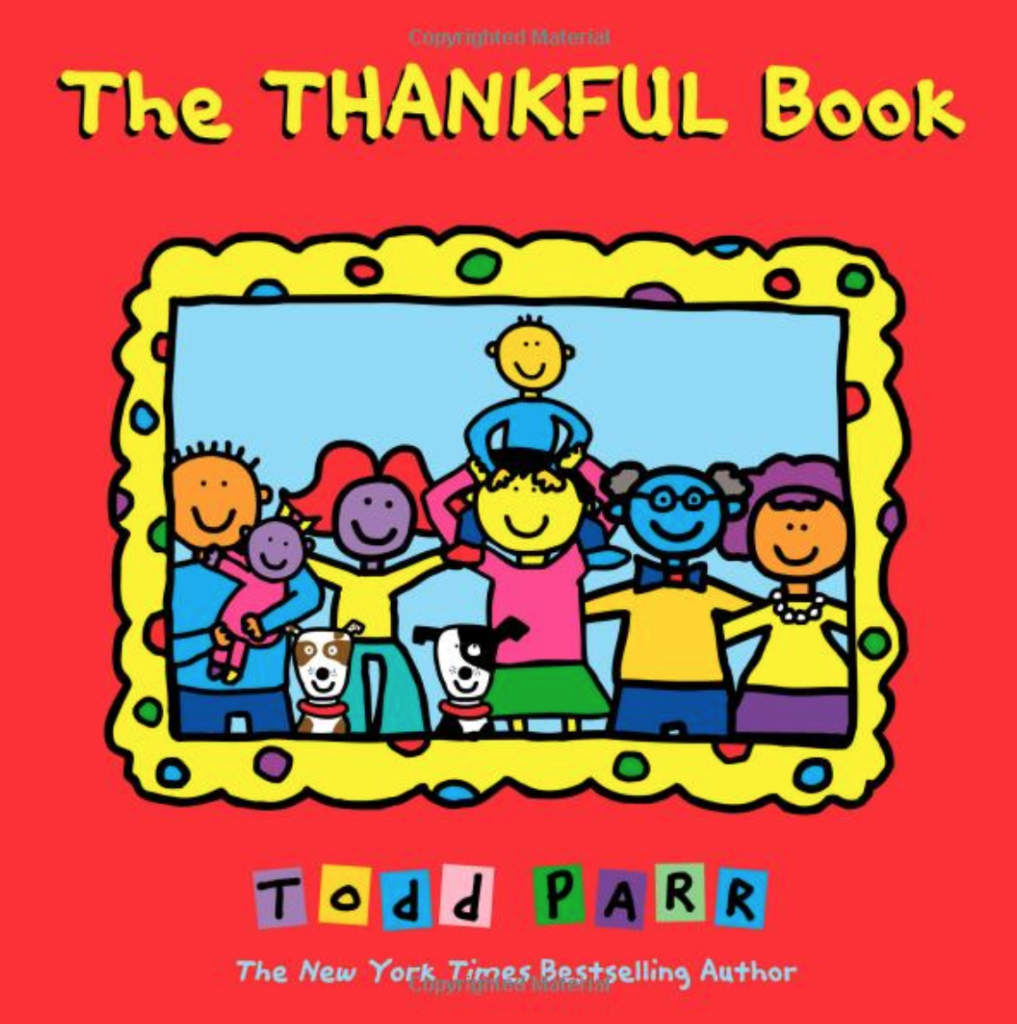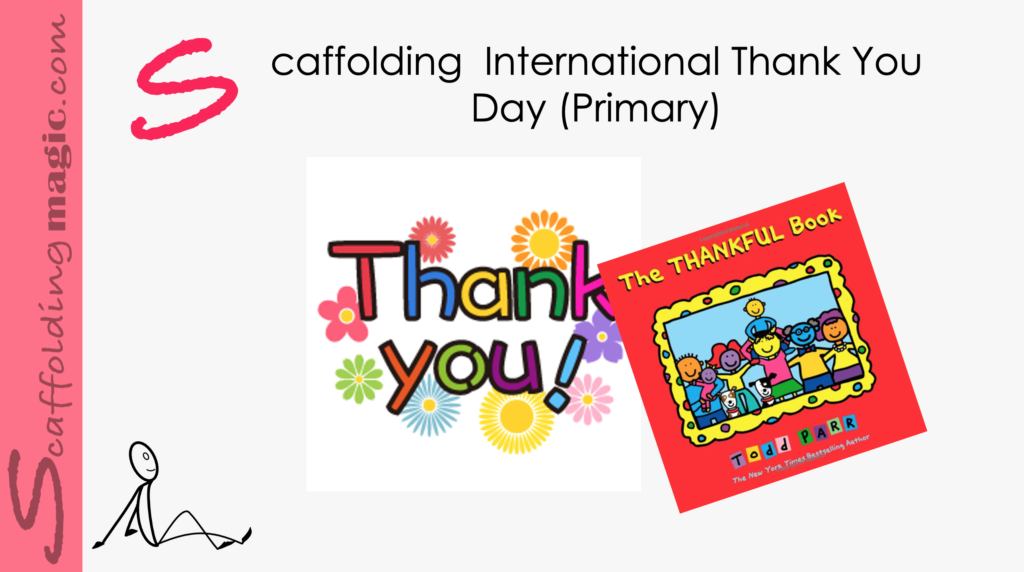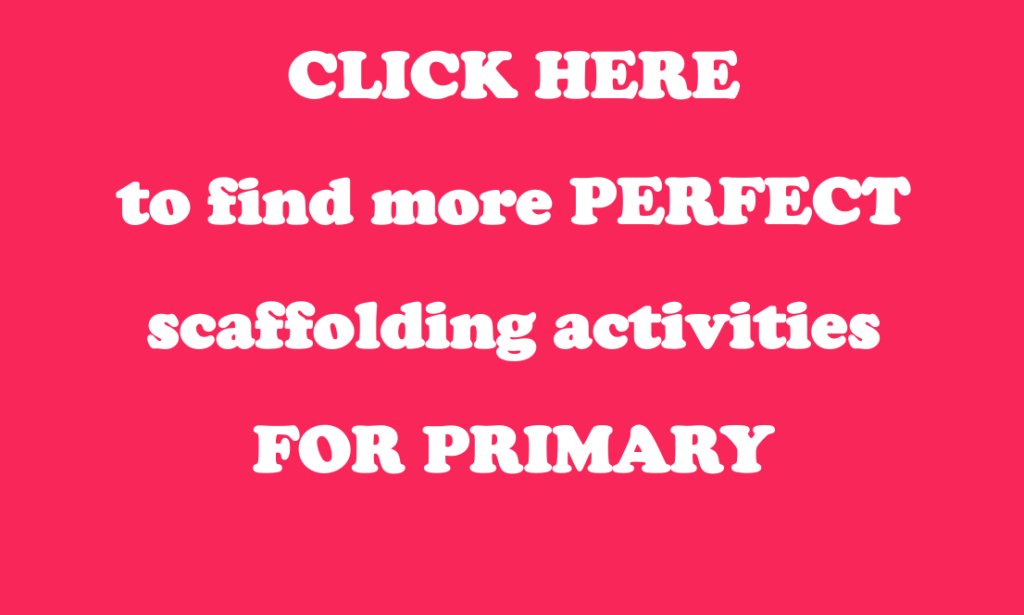You caught a beauty!!!
Download PDF of scaffold here.
The International Thank You Day – celebrated by many on January 11th, others on June 11th – is a wonderful opportunity to help our students to focus on gratitude and add to positive forces in the world. Including gratitude in the educational environments is proven to improve relationships both in and outside of the classroom. Stressing affective factors in our lessons aligns us Vygotsky’s assertion (1978) that our students are more likely to step outside their comfort zone (ZPD) when they feel that they are supported and nurtured.
The phrase ‘thank you’ is a powerful phrase and it’s important to expose our students to the cultural components of the word in different languages and societies, not only the literal translations. In some cultures, for instance, if we say it too often, we send the wrong message and can even frustrate the people we’re speaking to (Spain, for instance). In other cultures, if we don’t say it enough, we can offend people without meaning to (United States, United Kingdom, for instance).
This scaffold supports a wonderful lesson plan found at ………………………… There are several options for the lesson and we’re going to focus on the Thankful Book by Todd Parr, which gives students the opportunities to acknowledge non-materialistic elements in their own lives. This is also a way of helping your students to master some elements of academic language, focusing on the suffix ‘-ful’.
Step By Step: CLIL T HANK YOU DAY
- Begin by giving the students linguistic support for the following activities. …………………………… fear, success, peace. (More words suffixed with -ful.)
- Share with them that the suffix -ful means ‘full of’, so that putting it at the end of any of the words they wrote, adds that significance. Students now r……………………………………./My mother finds the library useful when she needs a quiet place to study.)
- Give each group a two pieces of paper, one with the word ……………………….. All the members of the groups write things they are thankful and grateful for on the two pieces of paper. Discuss whether there are major differences between the …………………………………………….. (See below for differences.)

4. Read the students the book, give each group images from Todd Parr’s beautiful The Thankful Book, and/or show the video of the book (second option for video). Afterwards, students ………………………………….d/or subtract some of them.
- Finally, students individually write down 1-5 sentences of gratitude for things they are thankful or grateful for in their lives.
Difference Between THANKFUL And GRATEFUL 1
Difference Between THANKFUL And GRATEFUL 2


Scaffoldingmagic.com is your entryway into DYNAMIC bilingual learning methodologies, such as Phenomenon-Based Learning, CLIL, EMI, and ESL. You’ll find ways to implement critical thinking tools (DOK) to promote higher level thinking, the growth mindset, instill an ethic of excellence, deep reflection on learning, and all through multi-cultural, interdisciplinary activities. We have the keys to turning competences into action and to creating collective efficacy in your school so you move ahead as a unified, enthusiastic team.



